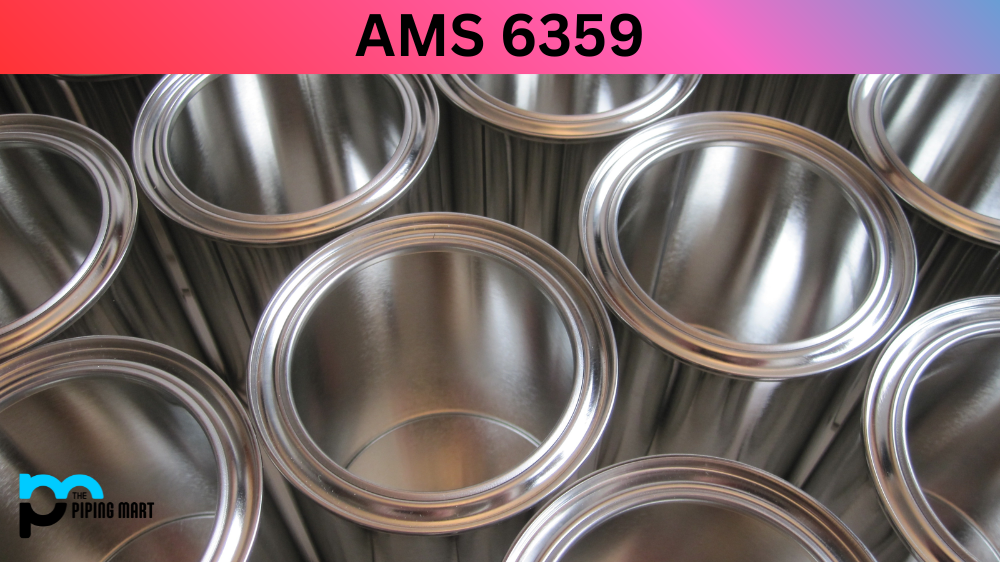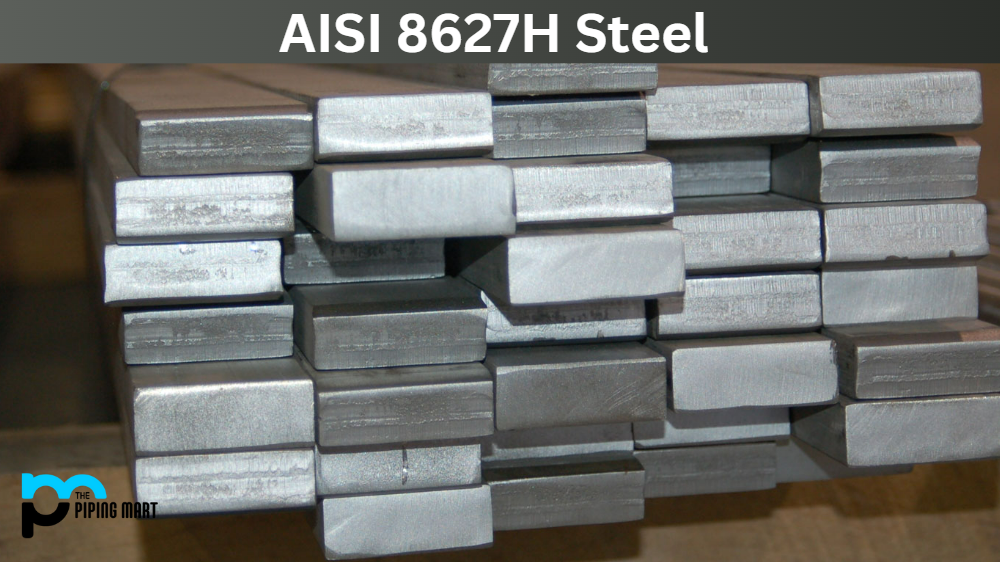Steel is the backbone of many industries. Every manufacturing process relies on a specific kind of Steel that can meet the requirements. Among these varieties, 4Cr13 Steel is becoming a new favourite for many applications. 4Cr13 Steel is a martensitic stainless steel with high carbon and chromium content. It is a versatile steel with excellent corrosion resistance and hardness properties, making it suitable for numerous applications. This blog will delve deeper into the composition, mechanical properties, physical properties, uses, corrosion resistance, heat treatment, machining, and welding of 4Cr13 Steel.
4CR13 Steel Composition
4Cr13 Steel consists of 0.4% carbon (C), 13% chromium (Cr), and a negligible amount of nickel (Ni). Chromium provides the corrosion-resistant properties of this Steel by forming a passive oxide layer on the surface. Carbon provides strength and hardness. The low nickel content makes 4Cr13 Steel more economical than other stainless Steel.
| C | Si | Mn | S | P | Cr | Ni |
| 0.36~0.45 | ≤0.60 | ≤0.80 | ≤0.030 | ≤0.035 | 12.00~14.00 | ≤0.60 |
4CR13 Steel Mechanical Properties
4Cr13 Steel has high hardness and wear resistance properties. The hardness of this Steel ranges from 48 to 55 HRC (Rockwell hardness scale). It also has a high tensile strength of around 1000 MPa (megapascal) and an 800 to 900 MPa yield. Moreover, it has a low coefficient of thermal expansion, making it suitable for applications that require significant temperature changes.
4CR13 Steel Physical Properties
4Cr13 Steel has a 7.75 g/cm³ density and a melting point of 1416°C. It is non-magnetic and has a fair electrical conductivity.
4CR13 Steel Equivalents
| Country / Region | China | EU | Germany | Japan | USA |
| Standard | GB | EN | – | JIS | – |
| Grade | 4Cr13 | X39Cr13 (1.4031) | X39Cr13 | SUS420J2 | 420S45 |
4CR13 Steel Uses
4Cr13 Steel is ideal for making high-quality knives, scissors, blades, and surgical instruments. It is also helpful in manufacturing parts of pumps, valves, gears, bearings, and fuel injectors. Additionally, it is used in making components for food processing and packaging machines.
4CR13 Steel Corrosion Resistance
The high chromium content in 4Cr13 Steel makes it highly corrosion-resistant. However, it is essential to note that this Steel is partially rustproof and can develop surface rust if adequately maintained.
4CR13 Steel Heat Treatment
4Cr13 Steel can be heat treated by quenching and tempering. The heat treatment process significantly impacts its properties, including hardness and tensile strength. It is critical to follow specific guidelines for the heat treatment process to achieve the desired properties.
4CR13 Steel Machining
4Cr13 Steel is challenging to machine due to its hardness and toughness. However, it can be machined into precise shapes and sizes with the right equipment and methods. It requires high cutting speeds and feeds, a rigid setup, and a sharp tool.
4CR13 Steel Welding
Welding 4Cr13 Steel requires preheating and careful planning. It has a low weldability rating and can crack during rapid cooling in the heat-affected zone. Welding this Steel requires low heat input and slow cooling rates to eliminate cracking.
Conclusion
4Cr13 Steel is a cost-effective choice for various applications that require high strength, hardness, and excellent corrosion resistance. It’s versatility and physical properties make it an attractive option for industries. By understanding the composition, mechanical properties, physical properties, uses, corrosion resistance, heat treatment, machining, and welding of 4Cr13 Steel, one can make informed decisions while selecting the appropriate material for a particular industrial application.
Meet Heer, a dynamic and driven writer learning tricks of her trade in the metal industry. With a background in Digital Marketing, Heer brings a unique perspective to her writing, sharing valuable insights. Apart from blogging she like reading and hiking.




